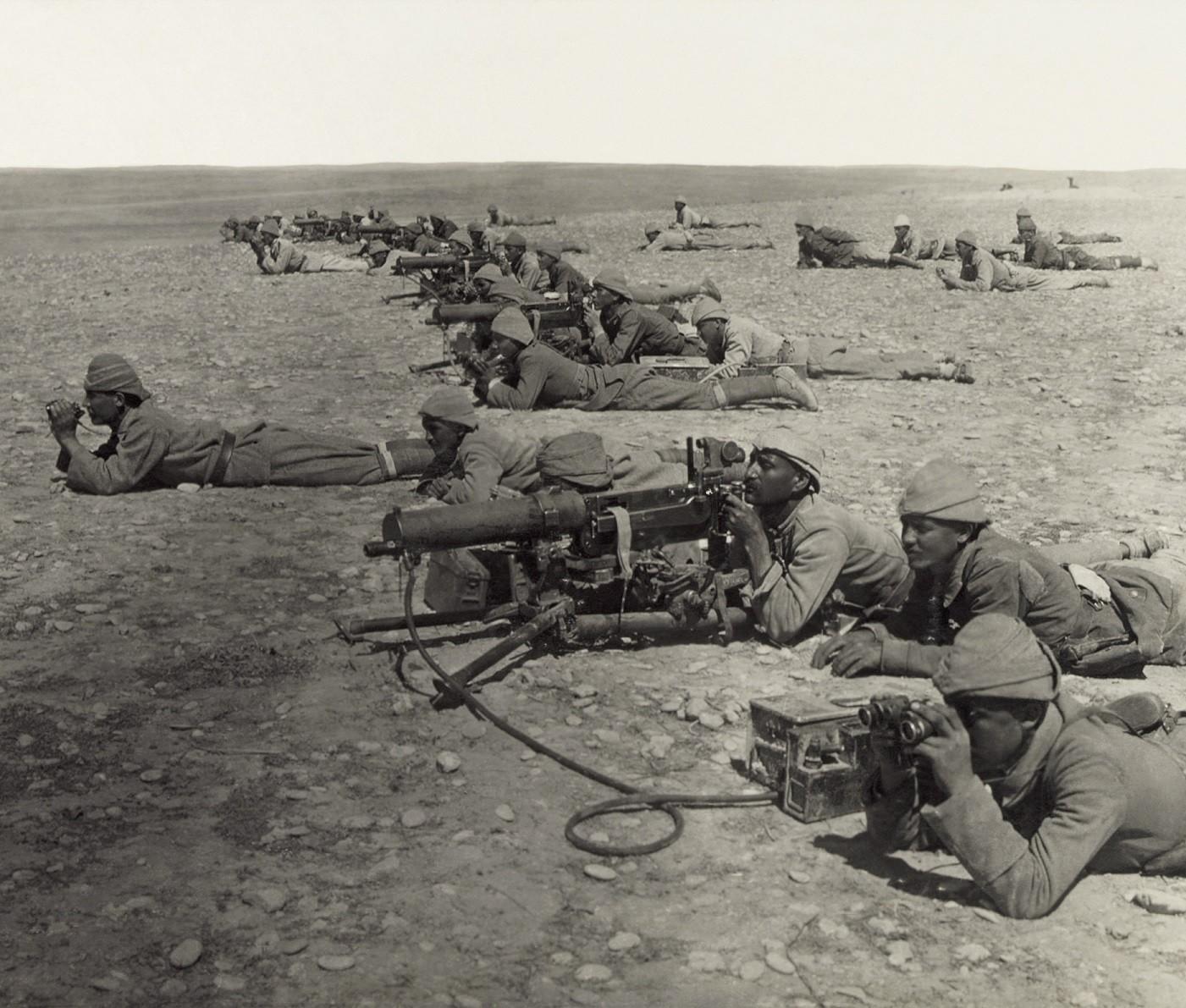Depending on the gunner and conditions, a barrel modification might be needed as typically as every 200 to 250 rounds. When the hot barrel was gotten rid of, it was reserved till it was cool enough to utilize again. Machine-gun teams would have as many as 6 extra barrels on hand.
Driving through a just recently protected location in Belgium, the observant Liniewski spotted the deserted weapon in a field. Liniewski then did what any not being watched GI would have carried out in that position; he stopped his truck and took the opportunity to snag a fantastic souvenir for the folks back house. As an assistance soldier, Liniewski was not familiar enough with weapons to dismantle his MG-42, so he hung on to it for a while until he discovered a camp where German prisoners of war were being held.
The weapon remained in the Liniewski household till 2016 when his child Marty donated the weapon to the Museum. In spite of its propensity to overheat, the MG-42 was an outstanding weapon that was light-years of ahead of the US equivalent, the Browning M-1919A4 gatling gun. Germany produced approximately 400,000 MG-42s throughout the war, some of which are still in active duty.

Taken together, all these weapons gave the Red Army a more practical variety of assistance weapons, better able to challenge the Germans for fire superiority on the battleground. Fully illustrated, this study explains the technology and the tactics of these maker weapons. Kept in mind authority Chris Mc, Nab sets out how these gatling gun were dispersed and tactically used and offers numerous examples of the weapons in action, from attack groups on the streets of Stalingrad to tank crews having a hard time for survival at Kursk.
The Facts About Did The Germans Use Lmgs During The First World War Revealed
Illustrated with top quality photographs and specifically commissioned artwork, this is a deep analysis of these important tools of warfare within the Soviet forces.
Taken together, all these weapons offered the Red Army a more useful series of assistance weapons, much better able to challenge the Germans for fire superiority on the battleground. Completely detailed, this study explains the technology and the tactics of these machine weapons. Noted authority Chris Mc, Nab sets out how these maker guns were dispersed and tactically applied and supplies numerous examples of the weapons in action, from attack teams on the streets of Stalingrad to tank crews struggling for survival at Kursk.
Illustrated with top quality pictures and specially commissioned artwork, this is a deep analysis of these vital tools of warfare within the Soviet forces.
The maker gun company, commanded by a captain, had an assigned strength of six commissioned officers and 172 employed males, and brought 16 guns, four of which were spares. Within the company there were three squadrons and a head office area. A very first lieutenant led the first army, while second lieutenants led squadrons 2 and 3.
Weaponry - Turkey In The First World War Can Be Fun For Anyone


Within each area were two weapon teams, each with one gun and 9 men, led by corporals. The weapon team had one battle cart, pulled by a mule, to carry its gun and ammo as close to the firing position as enemy fire permitted. From there the teams moved the guns and ammunition forward by hand.
The battalion had a strength of 16 officers and 377 gotten guys and was motorized. It had only two companies, identical to the other device weapon business in terms of workers and weapons. Each weapon squad utilized an unique motor vehicle to transfer its workers, weapon and devices. The battalion was usually in division reserve, ready to carry out missions as the division commander purchased.
In this role the guns were put 300 to 1000 meters to the rear of the front line. When they utilized their guns in that fashion, the device gun officers often encountered opposition from the rifle company commanders, who preferred to have the guns farther forward, fearing that their infantrymen would be at risk of roaming low rounds as they advanced under the overhead gatling gun fire.
They soon found that the device guns were high priority targets for opponent fire, and that it was helpful to have the guns at some distance from the infantry positions. Given that opponent gatling gun presented the greatest risk to the attacking soldiers, the maker gun crews strove to find the enemy guns and to focus their fire upon them.
Weapons Of The Western Front Things To Know Before You Buy
A percentage of the guns was kept back as a reserve under command of the machine weapon officer. 6Machine gun tactical teaching dictated that in the defense the Hotchkiss guns should just seldom lie within 100 yards of the cutting edge which at least two-thirds of the weapons ought to be echeloned back through the entire defensive position, situated so that surrounding guns would be equally supporting.
7 To discover other features on the go to our THE DOUGHBOY CENTER wishes to continually expand this function. Additions and talk about these pages might be directed to:.
I was impaled on this. My only fear was that he would press the trigger which would have made a hell of a mess. In the meantime, my sergeant who was near he saw me; came in close; shot the fellow and then raised me, with the aid of another guy, off the bayonet.
A bayonet injury directly it goes in it hurts and the withdrawal is most likely even more distress than the 'putting in' because the 'putting in' is rapid. Another type of weapon was the trench club.